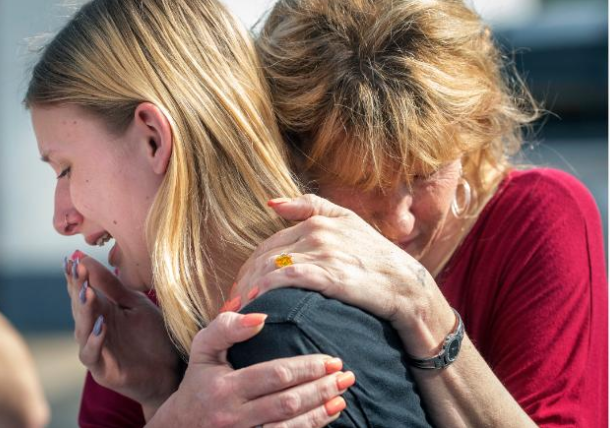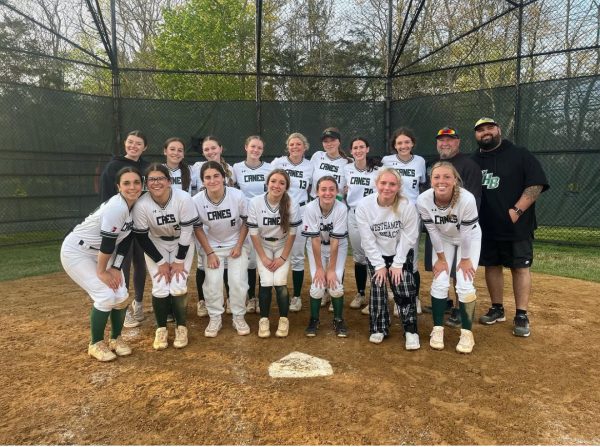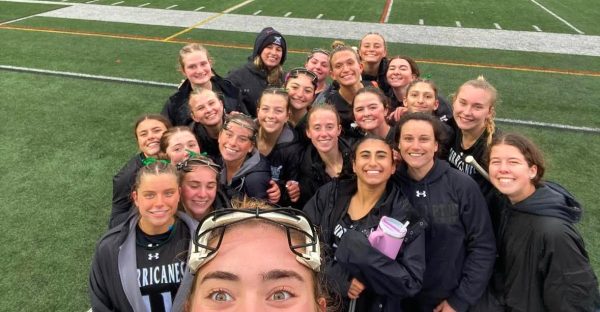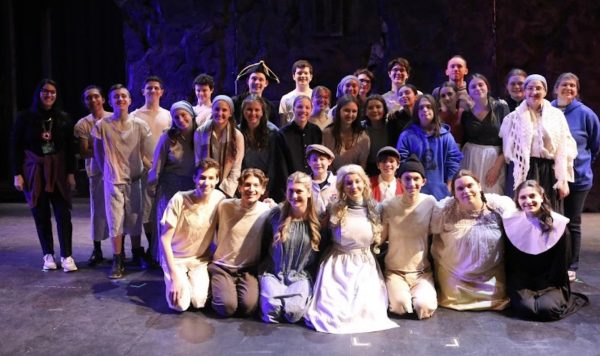This is Real Life – Do Not Normalize This.
There is never an easy way to start the topic on lives that have been lost, although, we are constantly reminded of the chilling theme brought into the news and social media that not only parents find riveting, but students as well.
As technology has forthright become the center of most of our worlds, perhaps it has not become real to some of us that stories in the news or victims sharing their difficult encounters on TV and phone screens have gone through actual horror in the midst of an average life.
In the wake of yet another shooting, talk about the subject is anything but silent for the number of weeks after – until it is. What has caught most people’s attention this time, and what has the conversation lingering, is the voices that have prevailed through all of the mourning: the victims; the students.
The Parkland and Santa Fe High School students come from a school much like any, where the majority of classmates have most likely have known each other since kindergarten or first grade. They have had the experience of having friends or failing a test or two. They most likely have all had problems at home, just like anyone else, and they all have had a life generally identical to the millions of other students who are participating in millions of other schools across the country.
The one thing that separates us is not distance; it’s not the variation of people who live there either. It’s the statement that can be made that an aspiring school shooter was able to have his way inside that building on February 14th, killing seventeen people in the process, or that a known classmate could take part in such a violent act on May 18th, recently ending the lives of ten others. These people are not just statistics, but they are turning out to be perceived as only that. They are teachers and students. Students who are our age; students who laugh at the same jokes; students who worry about graduating and getting accepted into college; who wished, like any other high schooler, for a disruption in their early morning classes because they’re way too tired to listen, but not like the disruption they had on Valentines Day. A day, let’s not forget, reserved for compassion.
Hundreds of students from high schools across America peacefully protested in order to bring attention and respect to the recent losses, and the previous number of students who have been murdered in our schools. Terms of the walk-outs were posted on social media, and spoken about from those who have witnessed such tragedies. Simply said, students would soundlessly walk out of their classes and out of the school on the 14th of March at 10 am. After doing so, they would take a seventeen minute moment of silence for those who passed on February 14th. This would provide mourning and a message for those adults who would not act to protect our country’s children.
Although many schools, including colleges, accepted the protests as a constitutional right, other administrations issued threats, including canceling prom, and in or out of school suspension. Many of these schools and even some students argued that the walk-outs would prove nothing, and provide no change for what’s to come.
Not only was Westhampton Beach just one of the schools that gave permission for students and teachers to participate, but the walkout was organized so that students could walk through the school, silently, in order to pay their respects. This created a safe space for those who needed to mourn, but the peace of mind was not all there for a handful of students. Instead, it became a joke.
As we walked down the halls there were many lowered heads belonging to students and teachers. Many knew what was going on as we walked down to the theater department, but others whispered to their friends about the situation. Trying to pay their respects, many continued the silence, but it was soon to be interrupted by students who took the shooting lightly or at least didn’t understand the situation and how controversial their actions were. Some passed by with music coming from their phones or inside of their bags. One, specifically, passed cupcakes along to his friends, perhaps mistaken that a shooting vigil was part of celebration. Out of the students who did understand, many hushed these kids, but only to be mocked or ignored.
The following hours after the silent walk around the theater department led to quick talk among students. Some were concerned about how the act of silence proved anything to authority figures, while others took the time to realize how this epidemic has grown over the past 19 years since Columbine. Whether or not some agreed with the way the school handled the walk-out, students who did notice the ignorance shown by some classmates were disgusted. Teachers portrayed ambivalence with those they had to pull aside and ask to act more appropriately.
After considering the circumstances, it is understood that many do not want to face the truth or the idea that the same horror could happen to a similar school, like ours. Many mourn in their own ways, but that should not mean taking it so lightly that jokes and hurtful comments can be made. Personally, a few days after the incident, I took to my work in a class where I did not expect the following to happen. A few underclassmen gossiped about the shooting as if it were nothing of concern. One joked around about the notion of what Nikolas Cruz might be doing in jail at that moment. The same boy created an uncomfortable setting in the small classroom, where everyone could potentially hear what he was saying. The teacher heard and did nothing.
In no way are those individuals a part of the overall problem of what happened on that day in Stoneman Douglas High School, but they are part of a problem that affects the aftermath of how people react to similar situations. Some students, parents, and teachers have taken a stand for gun violence, while others choose to keep to themselves and that deserves no judgment to whether or not they are worthy of being called a good person. What deserves judgment is the naïvety that occurs when people who don’t understand the full subject, or don’t even acknowledge it cover the concern with jokes and crude humor. They deserve to know this is serious. They deserve to understand that the kids in other schools that have gone through a shooting, are most likely just like themselves.
The headlines covering school shootings are far from disappearing from local, national, and even international news. It is no longer possible to stay away from the debate, so it has become a habit to hide the fear and hide the opinions of those who don’t want to deal with the negative circumstances.
This needs to be addressed appropriately because, without the discussion, it becomes a regular drawback, and when human lives are being lost, there are no excuses.

Lillian Simons, a junior this year at Westhampton Beach High School, is originally from Columbia, Illinois. As she got older, she grew up in Westhampton...







